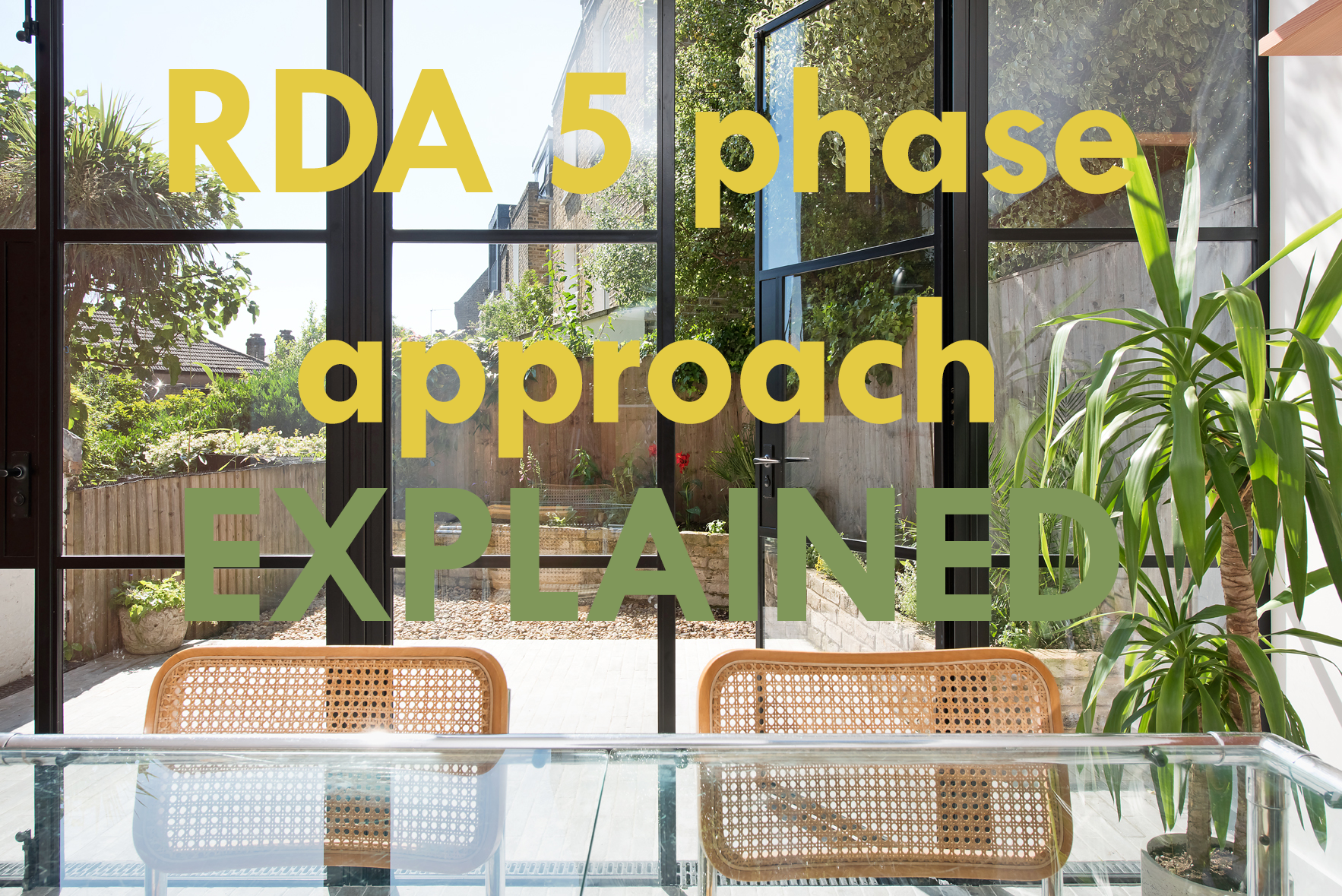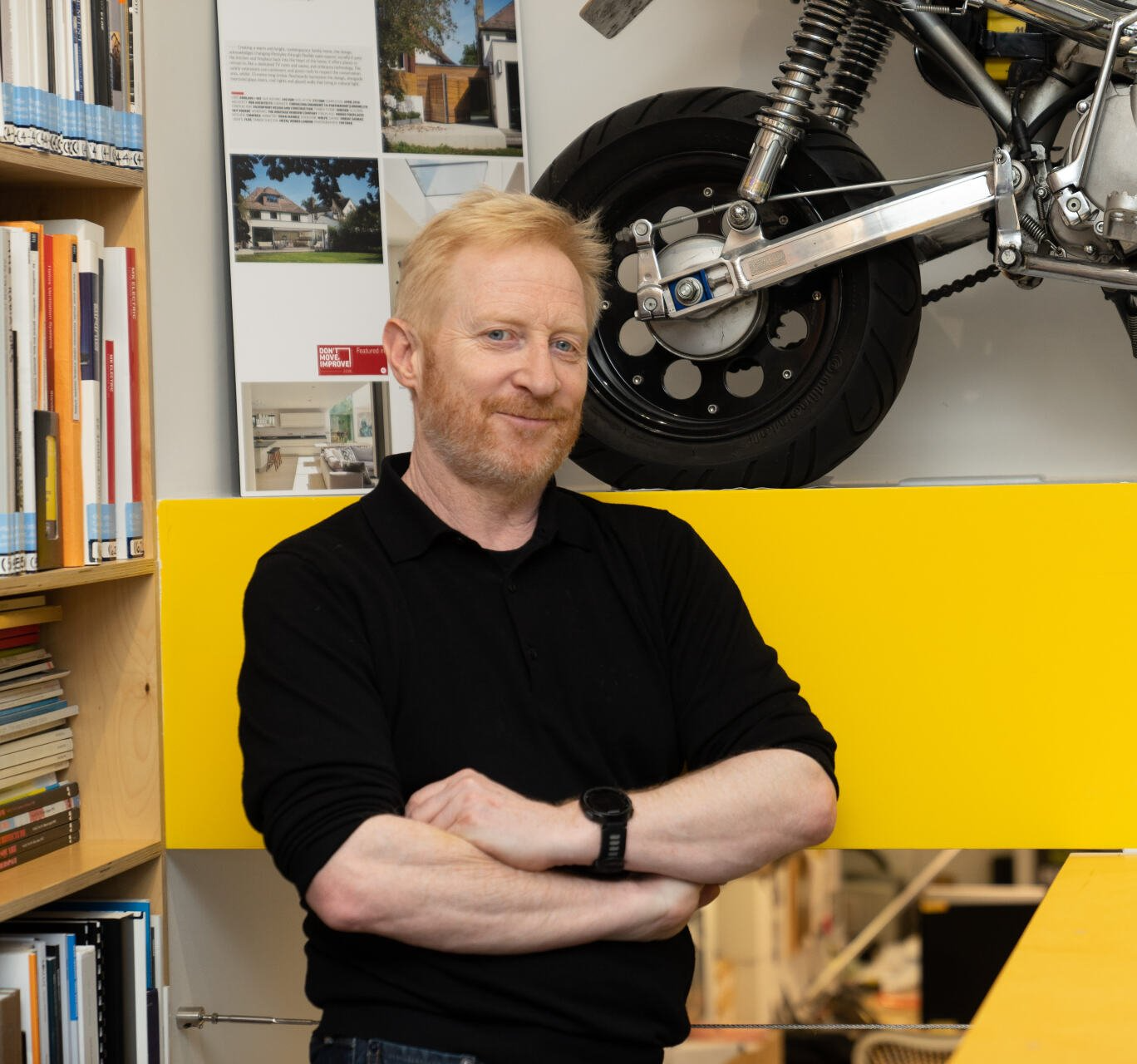As the founder of one of the UK’s leading PassivHaus design firms, with chilly weather on the horizon we're here to explain how living in a Passivhaus, or low-energy home can keep your home warm throughout the winter, all while reducing your heating bills.
Richard Dudzicki, Director RDA Architecture & Interiors
When it comes to staying warm in winter without draining energy or your wallet, PassivHaus design is a game-changer. At RDA Architecture, we’re passionate about creating homes that are as warm as they are efficient, blending advanced technology with thoughtful design to achieve unparalleled comfort. Let me explain how it all works, and why this approach might be just what your home needs.
Airtight But Breathable
One of the first things people notice about a Passivhaus is the remarkable consistency of indoor temperatures. This starts with airtight construction. By meticulously sealing every nook and cranny, we prevent unwanted cold air from sneaking in and precious heat from slipping out. Think of it like a snug winter coat for your home. But airtight doesn’t mean stuffy - a mechanical ventilation system (MVHR) ensures a constant supply of fresh air while recycling up to 90% of the heat from the outgoing air.
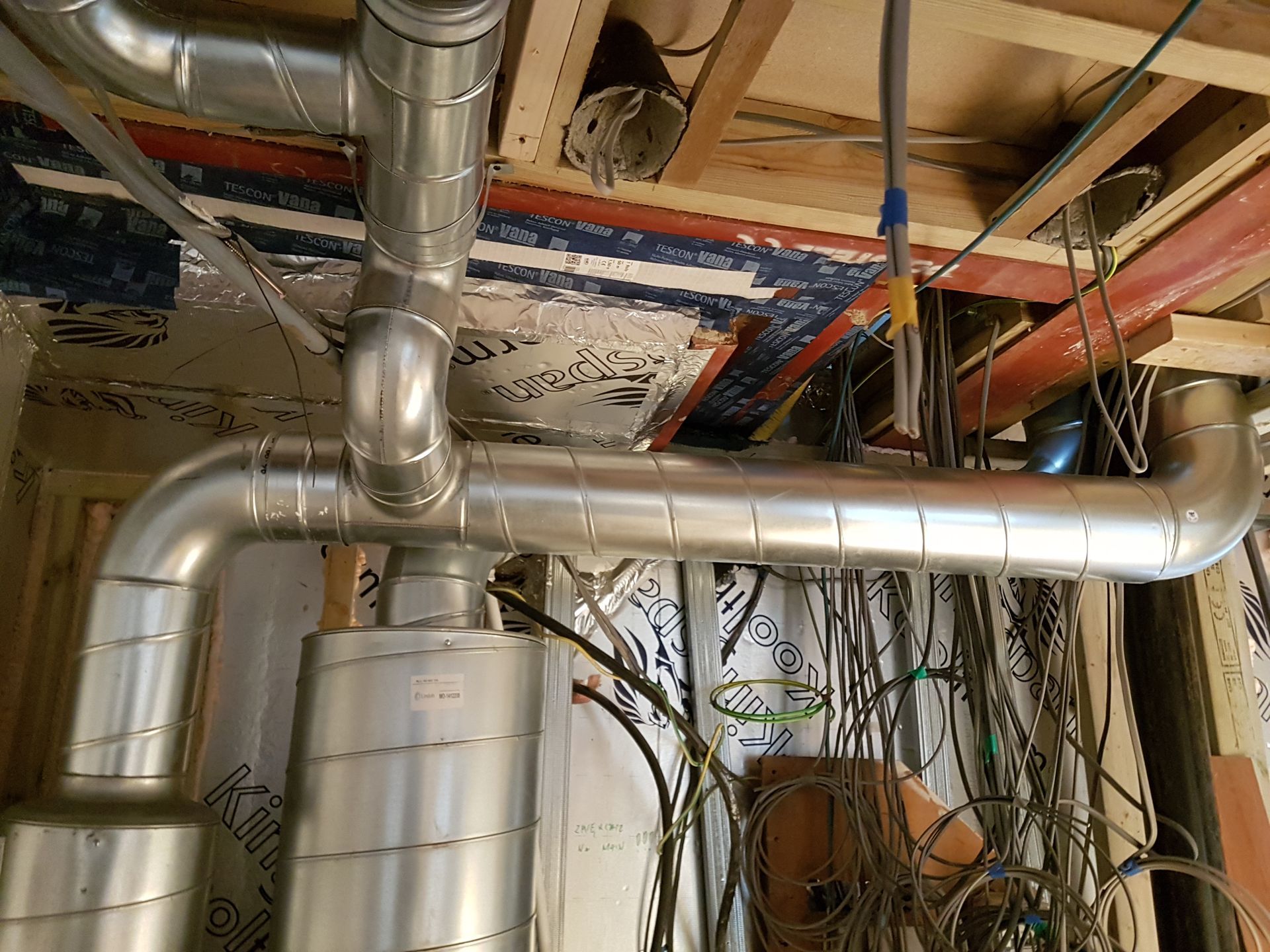
The MVHR system and Kooltherm premium performance insulation
Insulation that Works Overtime
Insulation in a Passivhaus is no ordinary job. We’re talking superinsulation—layers upon layers of high-performance materials that wrap your home like a thermal blanket. This isn’t just in the walls; it’s under your floors and in the roof too. By eliminating thermal bridges (those pesky spots where heat loves to escape), we lock warmth inside where it belongs.
Windows That Earn Their Keep
Now, let’s talk about windows. They’re often the weakest link in traditional homes, but not in a Passivhaus. Here, we use triple-glazed windows with insulated frames. These not only block heat loss but invite sunlight in to naturally warm your space—a strategy we call passive solar gain. The placement of these windows is just as important. We carefully orient homes to maximize sunlight in winter, ensuring your home stays bright and toasty.
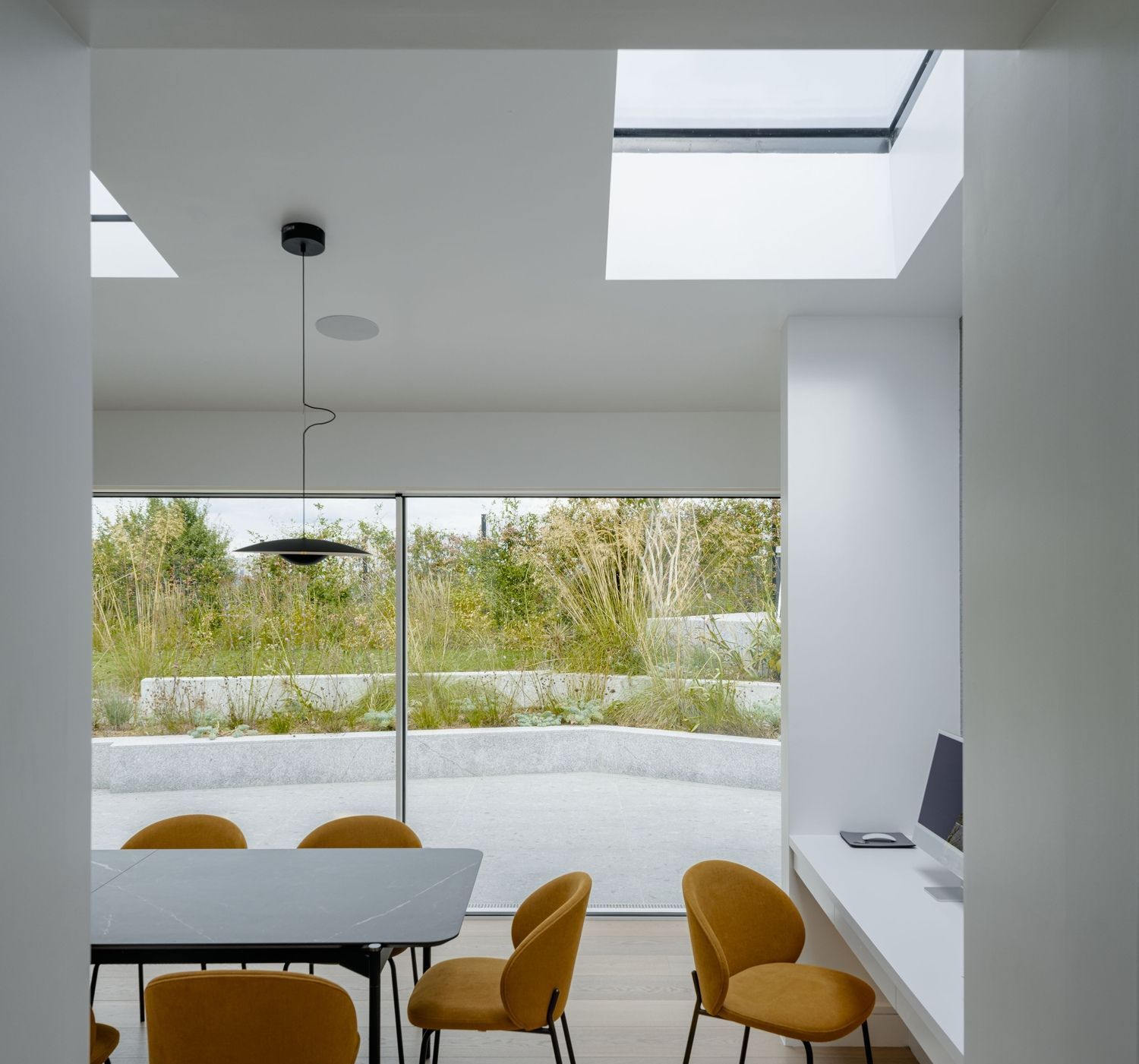
At Connected House, triple-glazed sliding doors and skylight windows make the most of solar gain, but prevent heat escaping.
Less Heating, More Living
Here’s the kicker: a properly designed Passivhaus needs minimal additional heating. The warmth generated from your everyday activities—cooking dinner, a hot shower, or even just you and your family going about your day—is often enough to keep things comfortable. For colder climates or those really icy days, a small heating system may be added, but its workload is minimal compared to a conventional home.
By installing solar panels, or super discreet solar tiles as seen below, these can reduce your energy costs even further by providing your own, sustainably sourced energy to be used as needed. At Connected House, solar tiles supply the full electricity needs for the house, which works so efficiently that our client is even able to sell back excess energy to the grid. They've seen their annual running costs go down from £3,500 to under £700, for a large, three-bedroom family home.
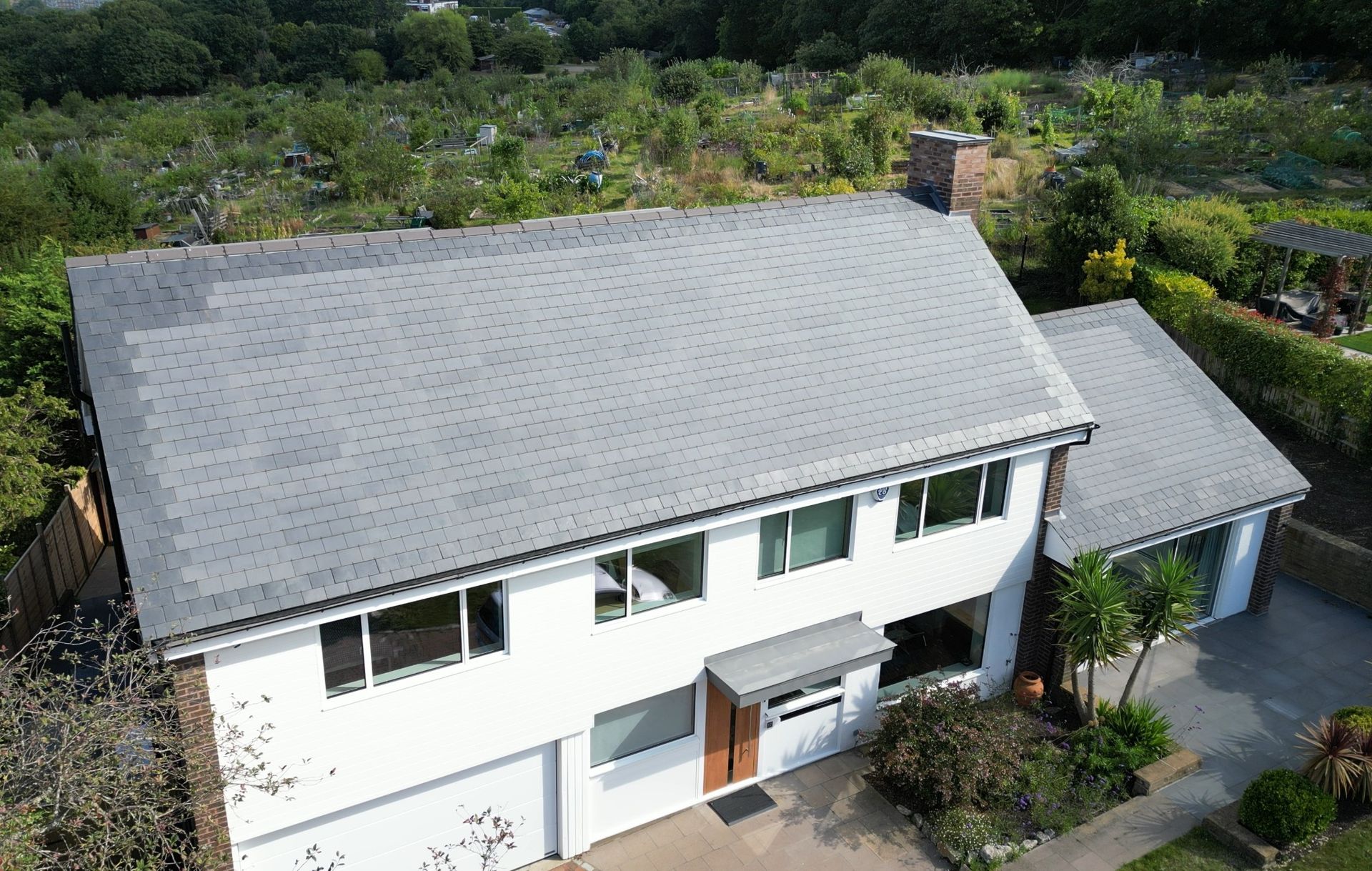
At Connected House, GB Solus solar tiles blend in subtly and provide electricity to power the house year round.
Sustainable Comfort
Beyond keeping you warm, PassivHaus design is about doing more with less. Less energy wasted means lower bills and a lighter carbon footprint. It’s a way to live comfortably while caring for the environment—a win-win in my book.
If you’re looking for a home that keeps you warm, cuts energy use, and provides a healthier living environment, a Passivhaus might be your answer. At RDA Architecture, we’ve been working on, and refining our skills in Passivhaus projects, and I’d be delighted to share my experiences and ideas with you.
To find out more about RDA’s extensive PassivHaus experience, and to explore the beautiful homes we’ve built and retrofitted over the last twenty-five years, click here!
Or, book in a free consultation with our award-winning PassivHaus certified designer and Director, Richard Dudzicki below.
